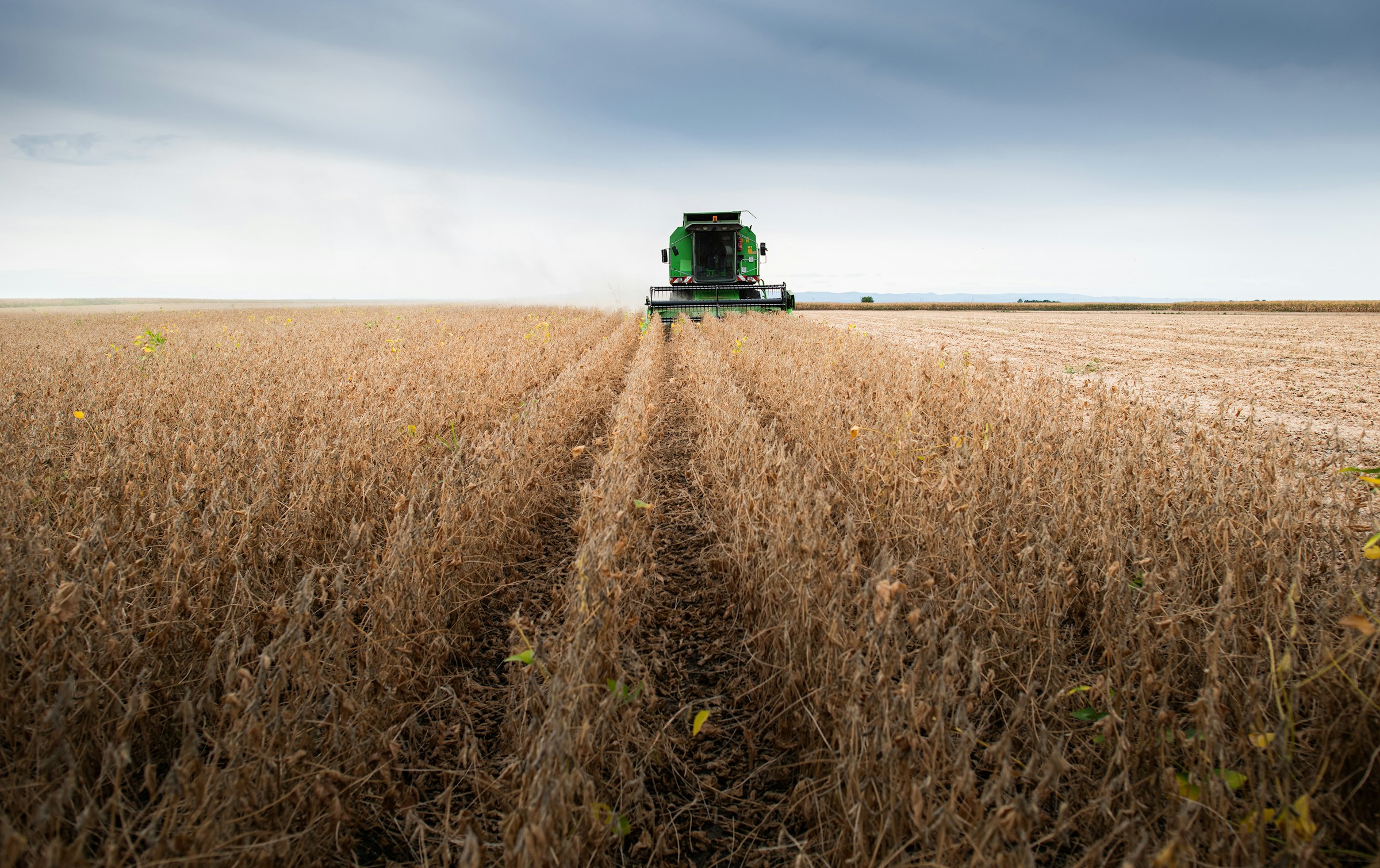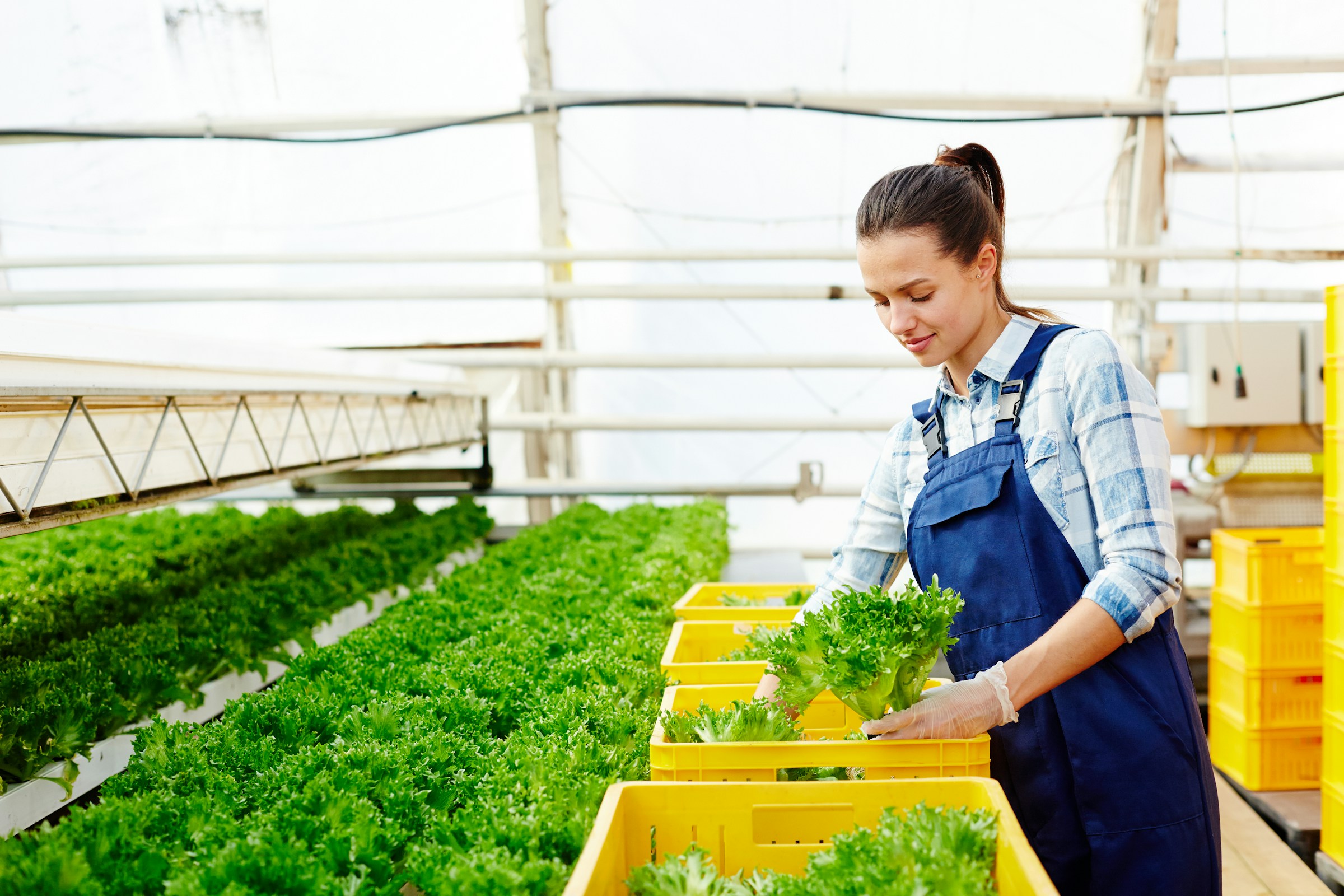In a world where water scarcity is becoming an increasingly pressing issue, farmers and agriculturalists are turning to innovative methods to cultivate crops in arid and semi-arid regions. One such method that has been gaining attention is dry agriculture.
But what is dry agriculture, and how does it differ from traditional farming practices? In this article, we'll delve into the intriguing world of dry agriculture and uncover its secrets.

What is Dry Agriculture?
Dry agriculture, also known as dryland farming, is a method of crop production that relies on the efficient use of available water resources in areas with limited rainfall. This farming technique is practiced in regions that receive an annual precipitation of less than 500mm (20 inches). Dry agriculture has been used for centuries in various parts of the world, including the Mediterranean, the Middle East, and parts of Africa and Asia.
The primary goal of dry agriculture is to conserve moisture in the soil and maximize the use of the limited water resources available. This is achieved through a combination of techniques, including:
- Crop selection: Farmers practicing dry agriculture carefully choose crops that are well-adapted to the local climate and soil conditions. These crops are often drought-resistant and have deep root systems that can access moisture stored in the soil.
- Soil management: Dry agriculture relies heavily on proper soil management techniques to conserve moisture and prevent erosion. This includes practices such as minimum tillage, mulching, and the use of cover crops to protect the soil surface.
- Water harvesting: In some cases, farmers may employ water harvesting techniques to capture and store rainwater for later use. This can involve the construction of small dams, contour bunds, or terraces to slow down water runoff and allow it to infiltrate the soil.
- Precision irrigation: When irrigation is necessary, dry agriculture practitioners often use precise methods, such as drip irrigation or micro-sprinklers, to deliver water directly to the plant roots, minimizing evaporation and runoff.
The Benefits and Challenges of Dry Agriculture
Dry agriculture, when practiced effectively, can offer a range of benefits for both farmers and the environment. By adapting to the local climate and optimizing the use of available water resources, dry agriculture enables farmers in arid and semi-arid regions to maintain a stable income and ensure food security for their communities. This is particularly important in areas where water scarcity is a major constraint to agricultural production.
One of the key benefits of dry agriculture is its potential to reduce soil erosion. In arid regions, intense rainfall events can cause significant soil loss, leading to decreased fertility and productivity over time. Dry agriculture practices, such as minimum tillage and the use of cover crops, help to protect the soil surface from the impact of raindrops and slow down water runoff. This allows more water to infiltrate the soil, reducing erosion and improving soil structure.
Moreover, dry agriculture can contribute to improved soil health. By minimizing soil disturbance and maintaining a permanent soil cover, dry agriculture practices promote the growth of beneficial soil microorganisms and the accumulation of organic matter. This, in turn, enhances soil fertility, water-holding capacity, and overall soil quality. Healthy soils are more resilient to drought and other environmental stresses, which is crucial in the context of dry agriculture.
In addition to its soil-related benefits, dry agriculture can help minimize the environmental impact of farming. By reducing the reliance on irrigation, dry agriculture conserves water resources and decreases the energy consumption associated with water pumping and distribution. This is particularly important in regions where water is scarce and energy costs are high. Furthermore, by adopting practices that promote soil health and biodiversity, dry agriculture can contribute to the preservation of natural ecosystems and the services they provide.
Despite its numerous benefits, dry agriculture also presents several challenges that farmers must navigate. The most significant challenge is the limited water availability, which can result in lower crop yields compared to irrigated agriculture. In dry agriculture systems, farmers are entirely dependent on rainfall to meet the water needs of their crops. If the rainfall is insufficient or poorly distributed throughout the growing season, crop growth and productivity can be severely compromised.
To mitigate this risk, farmers practicing dry agriculture must be prepared to adapt to the variable and unpredictable nature of rainfall in their regions. This requires a deep understanding of the local climate, as well as the ability to make informed decisions about crop selection, planting dates, and other management practices. Farmers may need to grow drought-resistant crop varieties, adjust their planting schedules to coincide with the most reliable rainfall periods, or implement water harvesting techniques to capture and store water for later use.
Another challenge associated with dry agriculture is the initial investment required to implement soil management and water conservation techniques. Practices such as minimum tillage, cover cropping, and the construction of water harvesting structures can be costly, both in terms of equipment and labor. For small-scale farmers with limited financial resources, these upfront costs can be a significant barrier to adopting dry agriculture practices.
Furthermore, dry agriculture can be labor-intensive, particularly when it comes to managing soil health and controlling weeds without the use of herbicides. Farmers may need to invest more time and effort in activities such as hand weeding, mulching, and the incorporation of organic matter into the soil. This can be challenging in regions where labor is scarce or expensive.
Despite these challenges, the long-term benefits of dry agriculture often outweigh the short-term costs. By investing in soil health, water conservation, and climate-resilient farming practices, farmers can improve the sustainability and profitability of their operations over time. Moreover, as climate change continues to exacerbate water scarcity in many regions, the adoption of dry agriculture practices may become increasingly necessary for ensuring food security and livelihoods in arid and semi-arid areas.
Conclusion:
Dry agriculture is a fascinating and innovative approach to farming in arid and semi-arid regions. By understanding the principles and techniques behind dry agriculture, we can appreciate the efforts of farmers who work tirelessly to produce crops in challenging environments. As water scarcity becomes an increasingly global concern, the lessons learned from dry agriculture may prove invaluable in shaping the future of sustainable food production.
Frequently Asked Questions:
Is dry agriculture the same as rainfed agriculture?
Yes, dry agriculture and rainfed agriculture are often used interchangeably. Both terms refer to farming practices that rely on rainfall as the primary source of water for crop production.
Can dry agriculture be practiced in any climate?
Dry agriculture is best suited for arid and semi-arid regions that receive limited annual rainfall. It may not be feasible in areas with high rainfall or humid climates.
What types of crops are commonly grown in dry agriculture?
Crops that are well-adapted to dry conditions, such as sorghum, millet, barley, and certain varieties of wheat, are commonly grown in dry agriculture. Legumes, like chickpeas and lentils, are also popular choices due to their drought-resistant properties.




